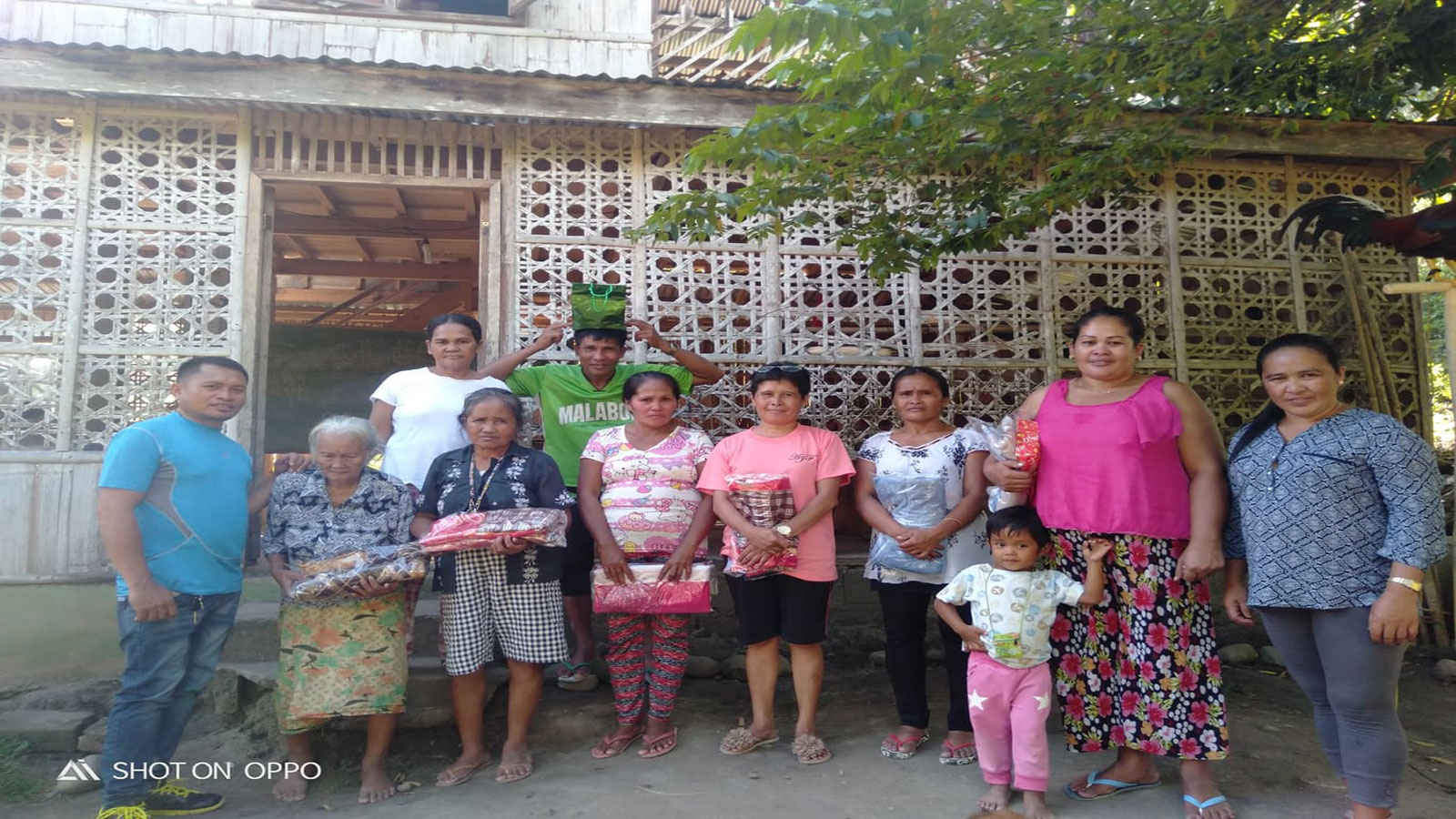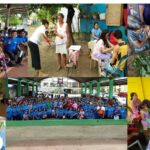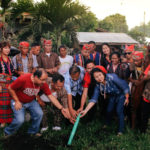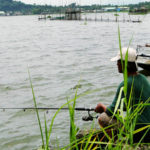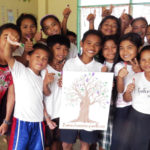HFI conducts Tabih, Slah and Gintlo trainings in various location in Landan Polomok, South Cotabato.
The Blaan culture and art is one of the most colorful and exotic among the different tribes in Mindanao. The preservation of the Blaan culture and heritage is one of the challenges that the tribe is faced with.
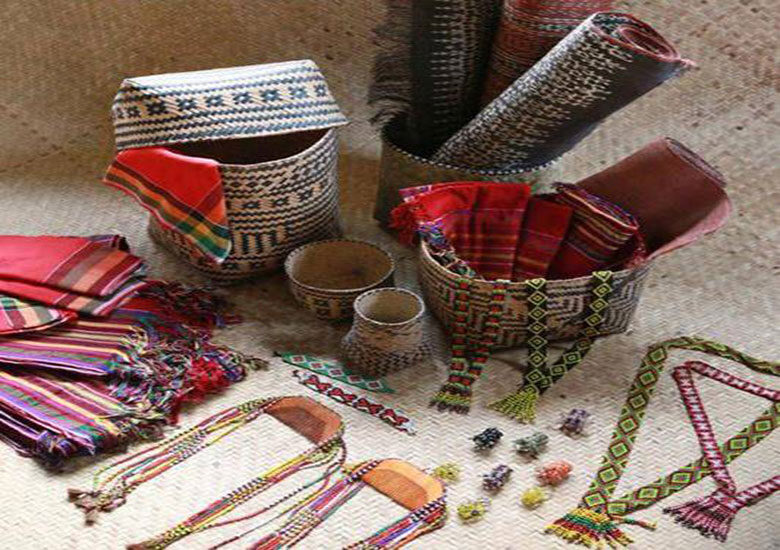
With the aim to preserve the Blaan cultural heritage and diverse income sources of the Blaan, HFI launched the FANDAY project. The FANDAY is an initiative to enable the transfer of knowledge from the old masters of the craft to the younger generation through training workshops.
In December 2019, the Tabih Training was launched in Malabod, Malungon Saranggani.


The “Tabih” is one of the vanishing Blaan art of traditional weaving using Abacca. Five women were trained in the art of Tabih for 2 months by Fu Lindie Edo and her assistant Yalon Beoy.
Slah Training
The “Slah” is the Blaan’s traditional necklace. Slah are carefully hand-beaded by Blaans, it is worn together with the traditional Blaan attire.
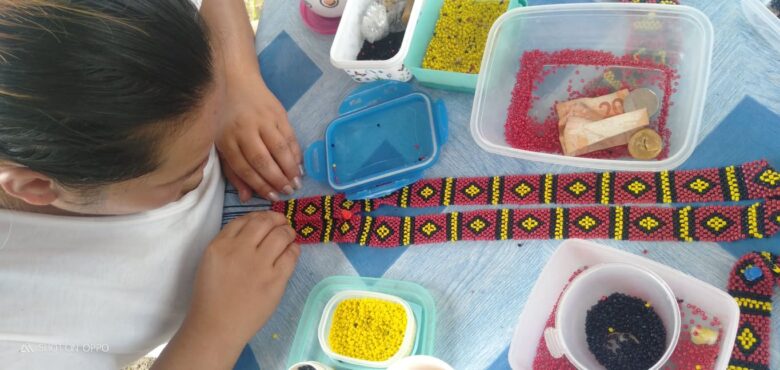
For the Blaans, the Slah can also be an indication of one’s social status. It can be identified on how intricate the beads were designed.
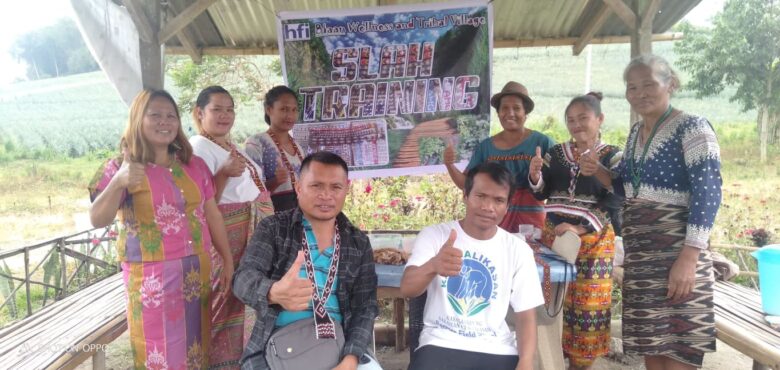
Slah trainings was held in three (3) areas in Landan Polomok namely, Bukay-eel, Purok Dam and Purok Bato from 03 February to 29 February 2020. Fifteen(15) trainees were trained altogether.
Gintlo Training
Gintlo is a Blaan fabric woven from cotton thread. The cloth is used by the Blaans for clothing such as tubular skirts, shawls, and scarves for men.

Weaving Gintlo is not as complicated as weaving a Tabih. It takes a lot of time, practice, and patience to finish it. Despite an easier process, Gintlo weavers are few and gintlo products are very hard to come by.
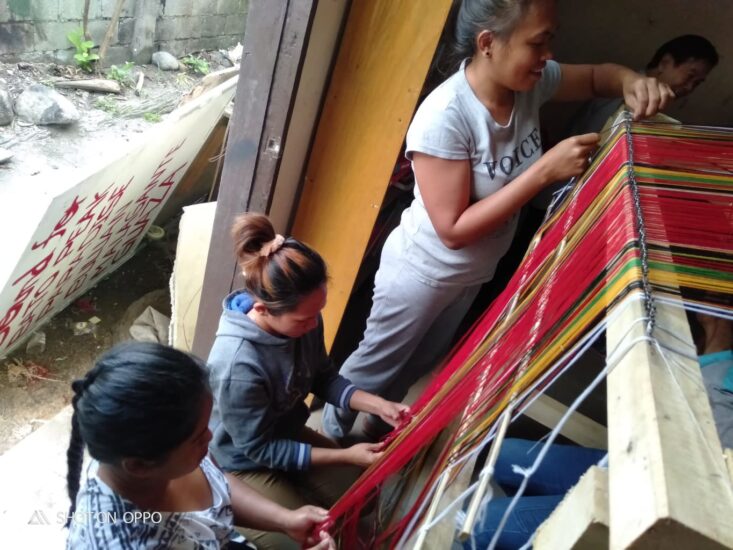
The Gintlo training was held in three puroks of Landan: Kalyong, Landan Proper and Kalyong. A total of thirty (30) women from different Puroks were trained.
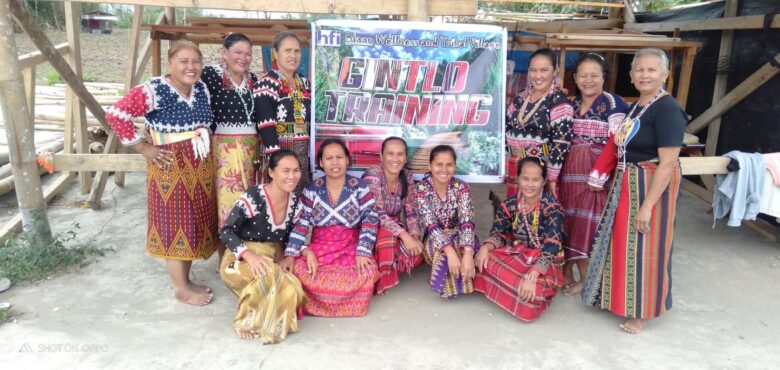
After each of the various training, materials were given to the trainees so they can continue on with the craft and as seed capital for what could be a source of livelihood for the trainees.
If you want to see more photos during the training, click here.
